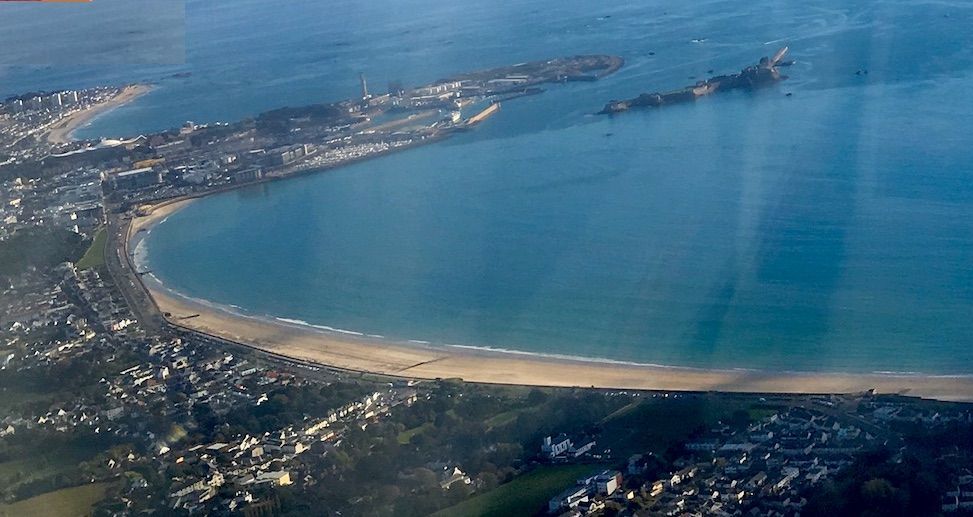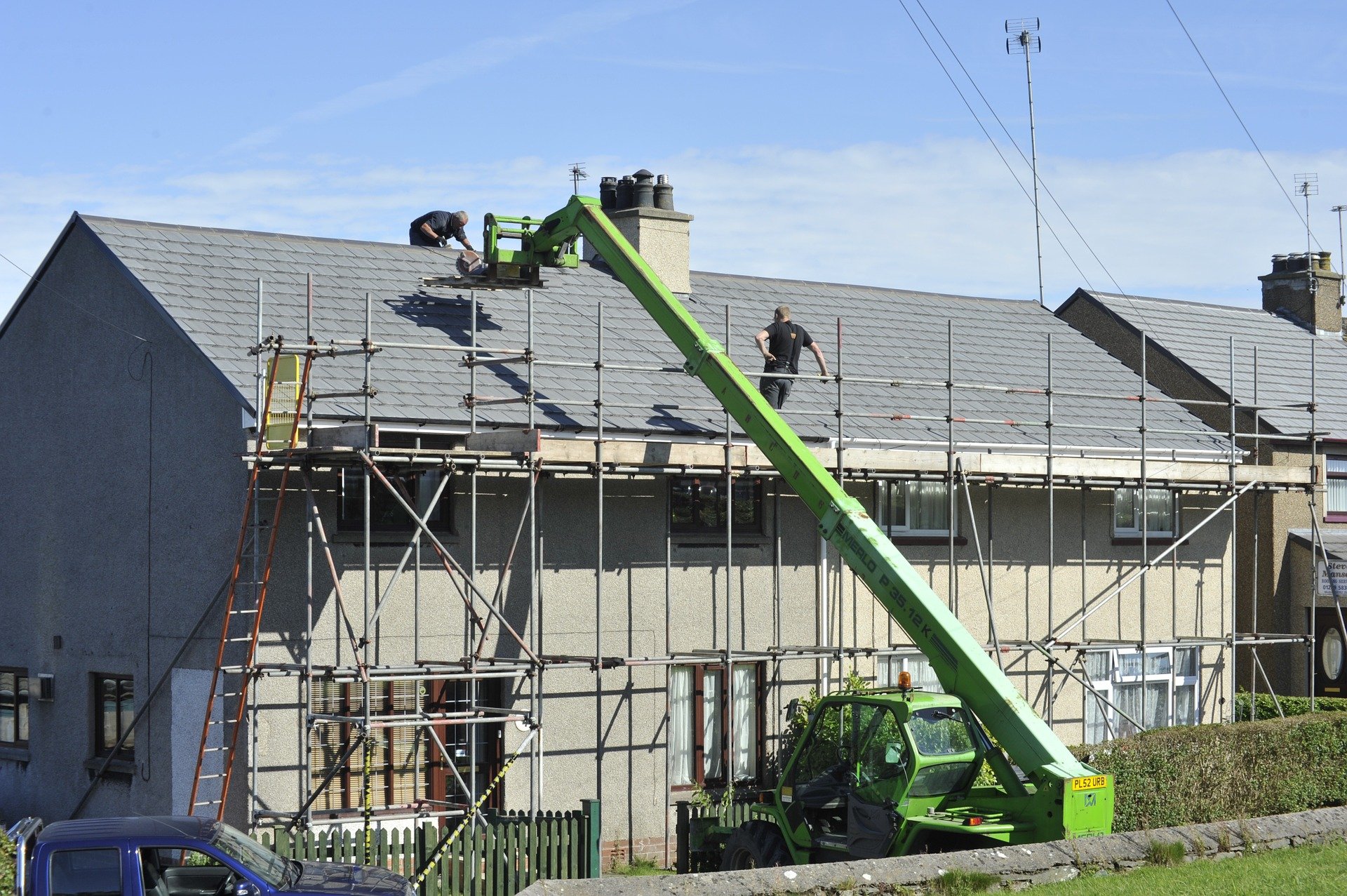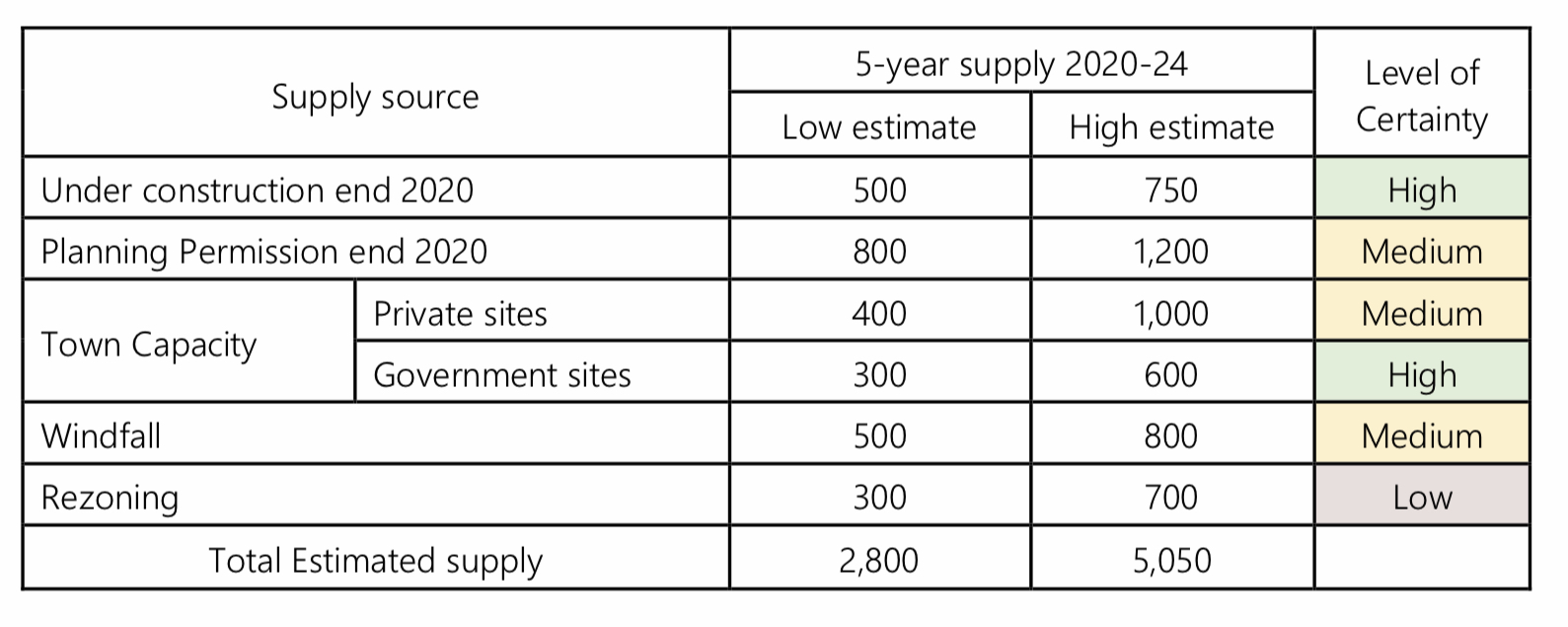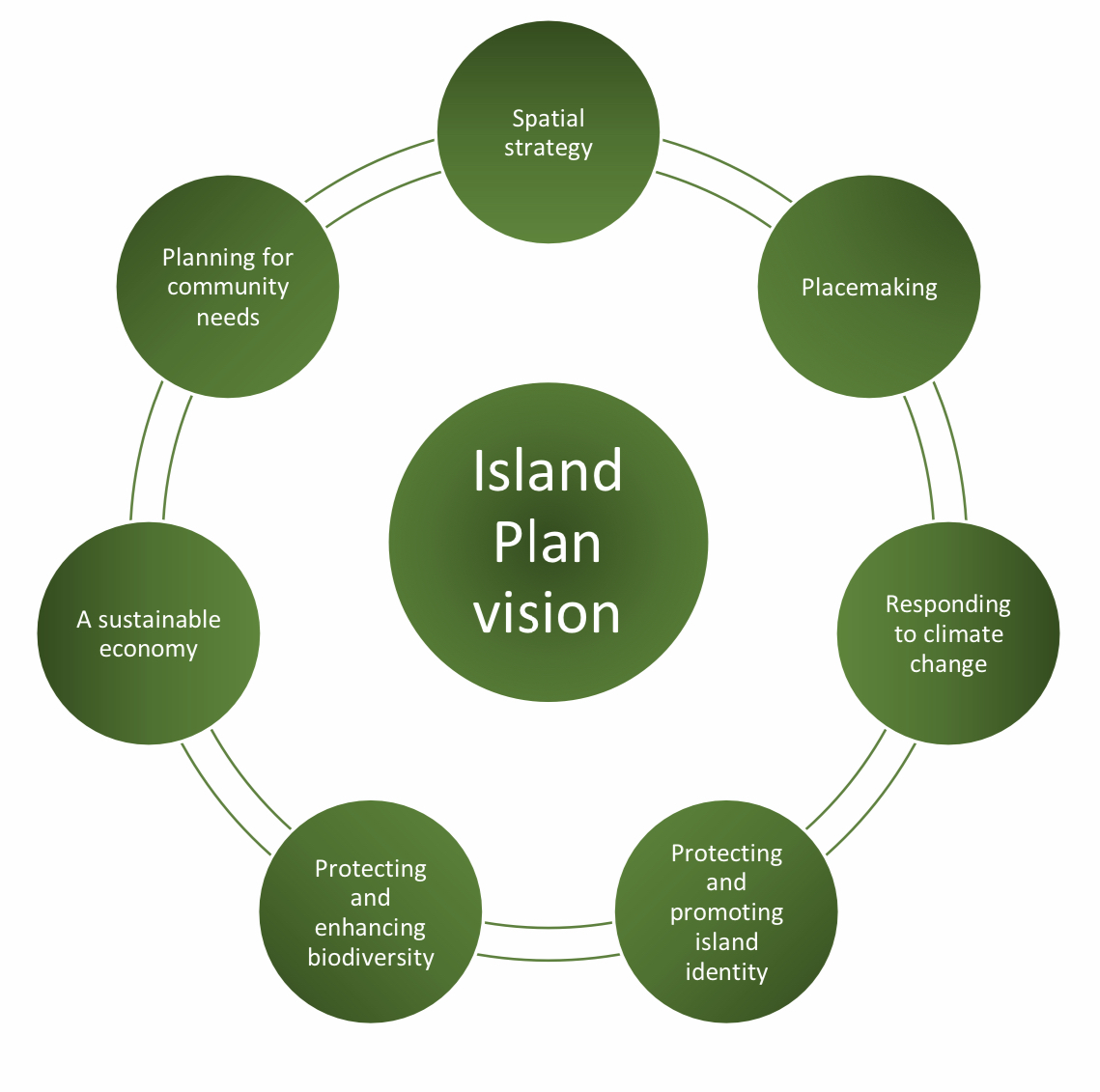


Covid has not only had a deep impact on us all personally, but has also significantly disrupted the normal business of government - perhaps one of the most significant casualties being the next Island Plan.
It should have come into force this year and provided a development blueprint for the next 10 years.
Instead, the Government has decided to plan for three years - from 2022 - instead, in the hope that, come 2024, we will have a clearer idea of the decade ahead.
On Monday, Environment Minister John Young will lodge the draft three-year ‘bridging’ Island Plan.
It is likely to propose fields to be built on, sites to be developed, existing developments to be expanded, land to be rezoned, areas to be protected … in short, it will affect the lives of every Islander and will surely trigger lots of debate.
Here, Express lays out what that will mean for islanders...
In normal times, the Island Plan is a document that provides a planning framework against which planning decisions are made over the next decade.
The States Assembly adopted the current Island Plan in 2011 and revised it in 2014. The law requires an updated plan to be prepared and lodged in the Assembly by this year, but covid caused significant disruption to its drafting. The pandemic and Brexit have also caused overall uncertainty.
This forced the next 10-year plan to be delayed until after 2024, with a 'bridging' version covering 2022-2024 drawn up instead. It is intended that the plan will be adopted early next year.

Pictured: The bridging Island Plan will determine what can be built where over the next three years.
Last October, the Government published its ‘Preferred Strategy Report’, which set out assumptions upon which the new bridging plan will be based.
It concluded that:

Pictured: A summary of the island's housing capacity over five years up to the end of the bridging Island Plan.
The Government says that achieving sustainable development – to support the sustainable wellbeing of islanders – is the “overarching strategic purpose” of the bridging Island Plan.
Specifically, the bridging Island Plan promotes sustainable development in order to maintain and enhance a vision of Jersey as:
“A special place, that faces the future; values and protects its environment and unique island identity; and acts with confidence to create the homes and jobs that sustain family and community life.”
The vision for the new Island Plan is based around seven “strategic policies”. These are:

Pictured: The strategic priorities underpinning the bringing Island Plan.
In 2018, the Government commissioned a report called ‘The Objective Assessment of Housing Need’ from a consultancy, which made it clear that more housing was required in the coming years, regardless of migration, as people live longer and household size continues to reduce.
The 3,750 figure arising from changes in ageing and dwelling patterns, from increases in population over the plan period; and from the 1,800-home net shortfall of the last Island Plan. Around half that shortfall will be met from the bridging Island Plan and the other half from the next one.
It includes approximately 1,420 three-bedroom owner-occupier units, and 820 four-bedroom owner-occupied units.
Of the 3,750 new homes, 1,500 will be categories as 'affordable'. The rate of building affordable homes set out in the plan is significant - double the average rate of actual building of affordable homes over the last couple of years.
The Environment Minister has commissioned a number of reports that will influence the final draft of the plan: an assessment of Jersey’s marine and land environments, a review of historic buildings and a review of Jersey’s Coastal National Park, which recommended that it is significantly increased.
Most recently, the Government announced that it had appointed independent planning inspectors to carry out a public examination of the draft bridging plan, which is a requirement by law.
The lodging of the Plan next week will trigger a 12-week public consultation period, during which States Members will consider the plan and propose amendments. These amendments will also be considered by the independent inspectors.
Stage 1: Lodge, initial representations and Minister’s response period
Stage 2: Examination in public begins
Stage 3: Inspectors’ report published
Stage 4: States Assembly debate and approval
Comments
Comments on this story express the views of the commentator only, not Bailiwick Publishing. We are unable to guarantee the accuracy of any of those comments.